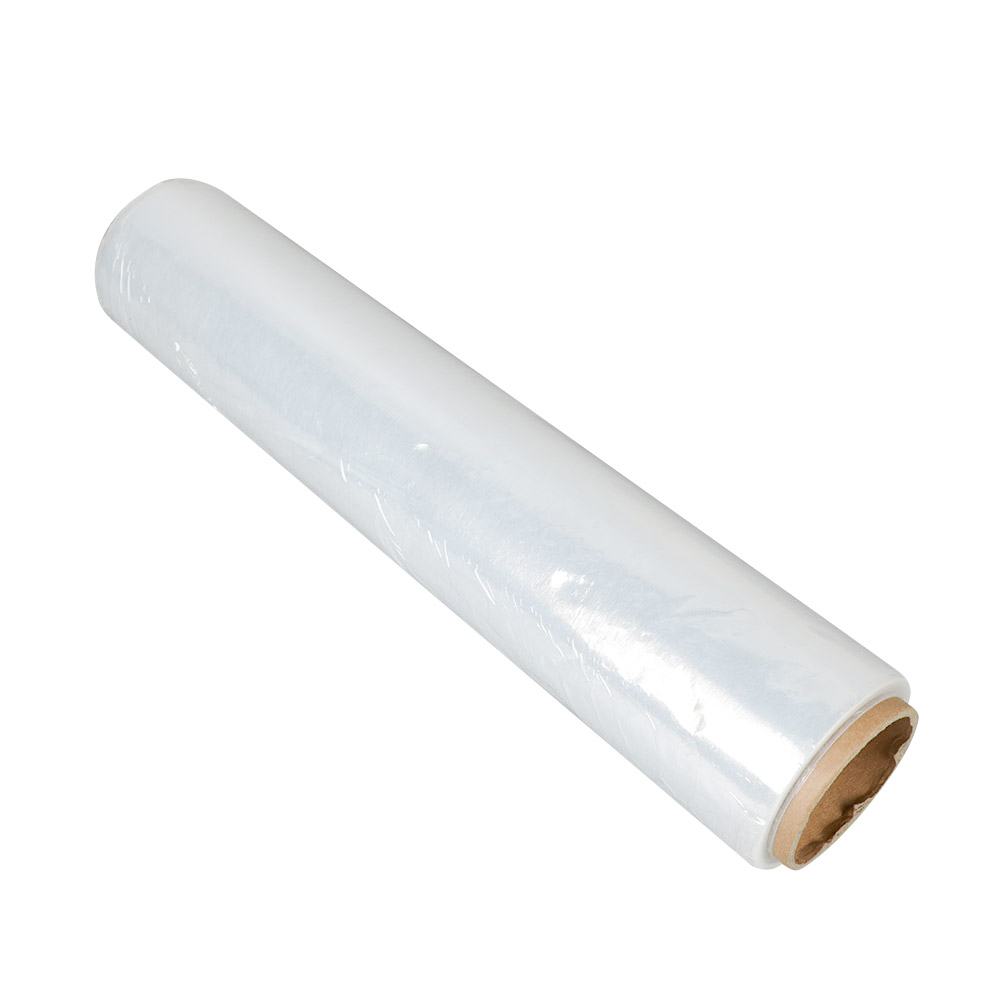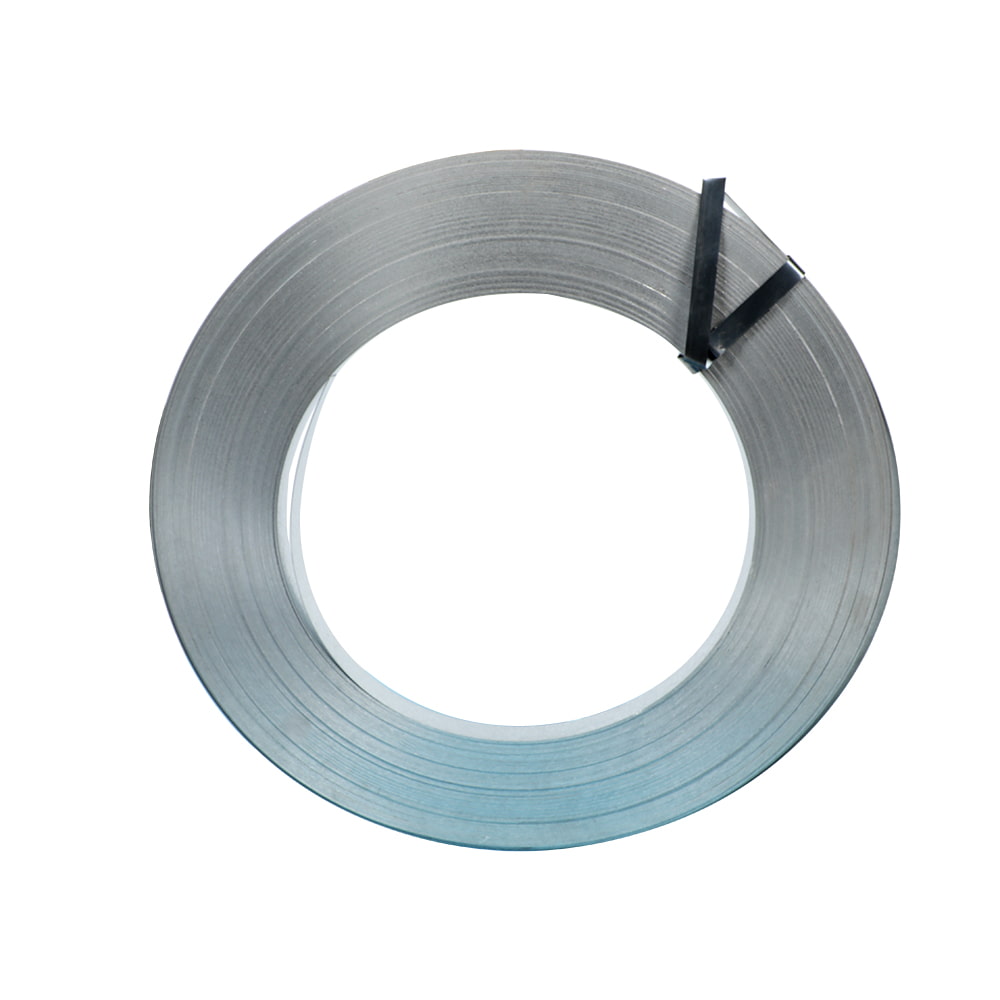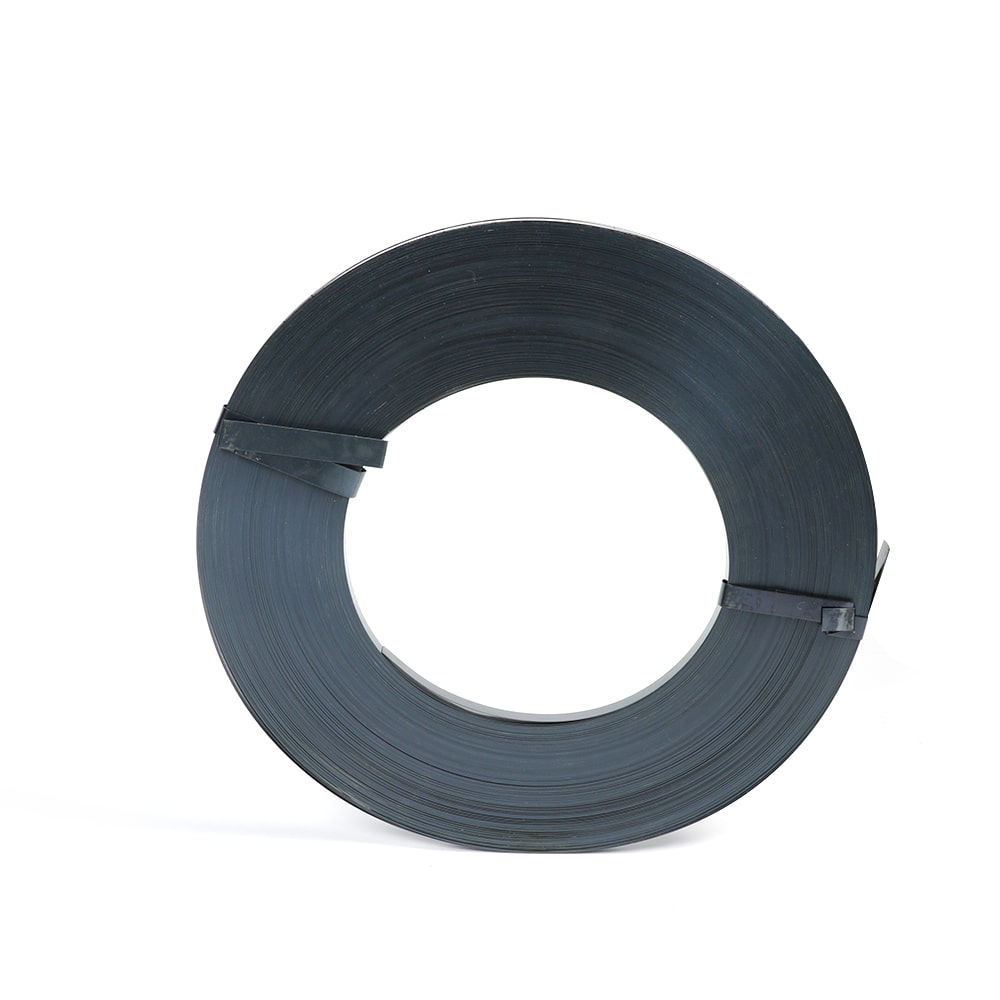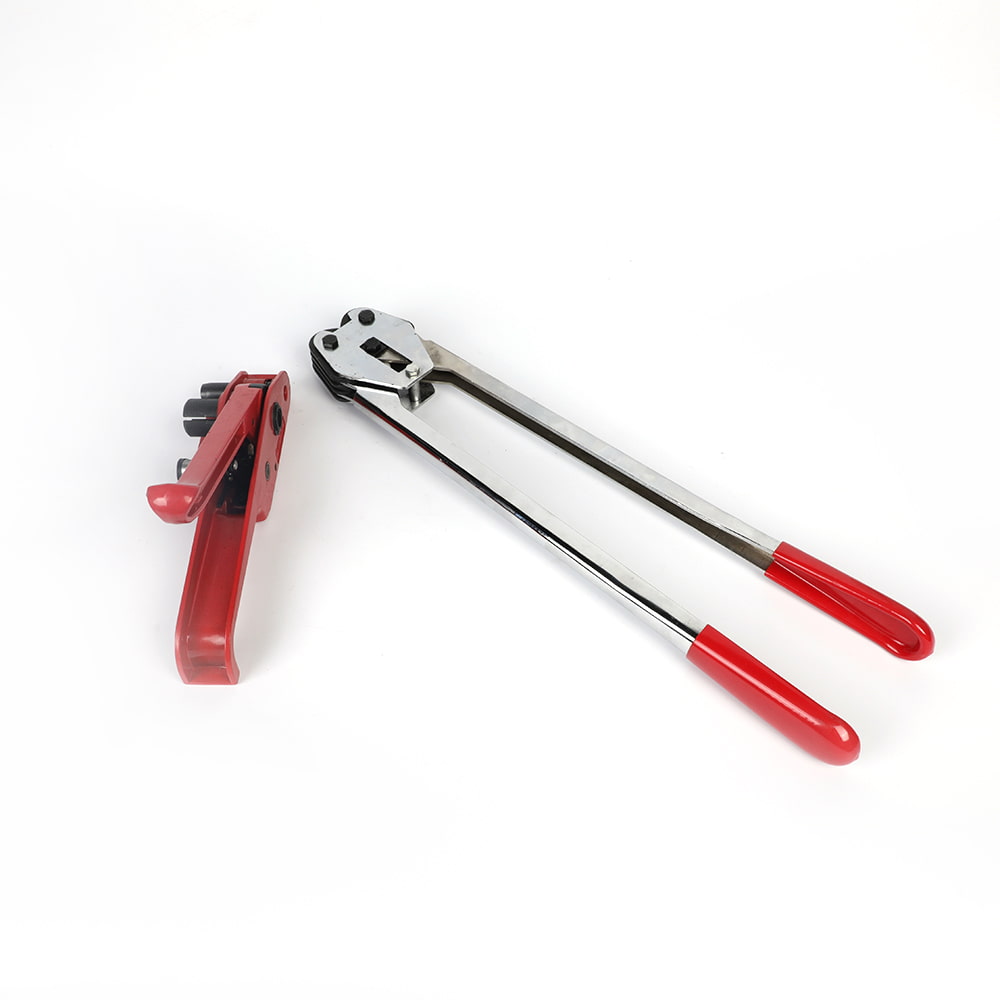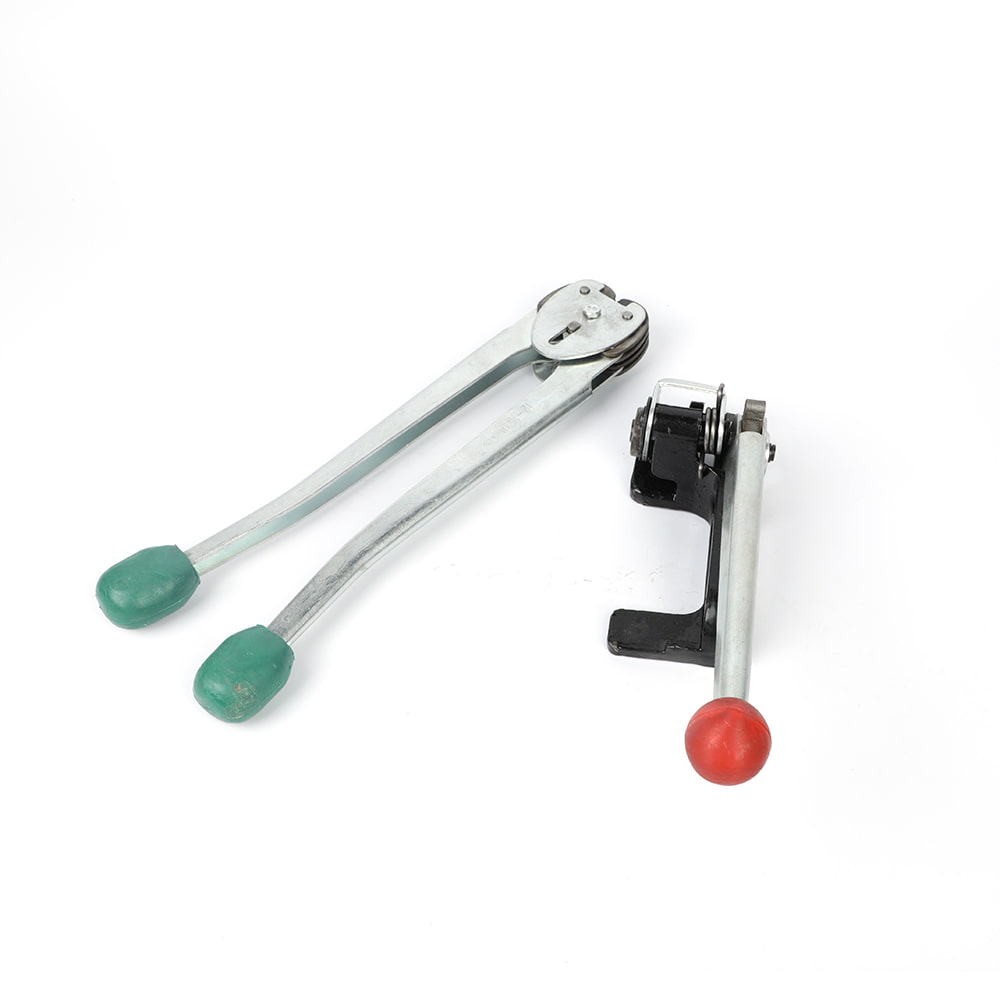Sustainability Spotlight: Green Initiatives in Steel Strapping Machine Manufacturing
Author:admin Date:2023-10-19
Steel strapping machine manufacturing has seen a growing focus on sustainability in recent years. This shift toward green initiatives is driven by the desire to reduce environmental impacts and enhance energy efficiency. Here are some key sustainability initiatives in the steel strapping machine manufacturing industry:
Energy-Efficient Designs: Manufacturers are developing steel strapping machines with energy-efficient designs, which can reduce power consumption during strapping operations. These machines may feature high-efficiency motors, energy-saving control systems, and smart standby modes.
Reduced Material Waste: Sustainability efforts include minimizing material waste during the manufacturing process. Manufacturers are working to optimize material usage and reduce scrap through precise cutting and shaping processes.
Recycled Materials: Some manufacturers are incorporating recycled materials, such as steel and plastics, into the production of steel strapping machines. This reduces the demand for new resources and decreases the carbon footprint of the manufacturing process.
Cleaner Production: Sustainable practices involve minimizing emissions and pollutants during the production of strapping machines. This includes using environmentally friendly coatings and finishes and employing cleaner manufacturing methods.
Product Longevity: Designing and building machines that are durable and long-lasting can contribute to sustainability. Longer product lifecycles reduce the need for frequent replacements and the associated environmental impact.
Modular and Upgradable Designs: Manufacturers are increasingly designing machines with modular and upgradable components. This extends the useful life of the machine and reduces the volume of waste generated from obsolete equipment.
Energy-Efficient Packaging: Some steel strapping machines are equipped with features that enable the use of thinner straps while maintaining performance, which can reduce the amount of steel needed and decrease the weight of packaged goods.
Remote Monitoring and Maintenance: Implementing remote monitoring systems allows users to optimize machine performance, reducing downtime and the need for on-site service visits. This helps minimize the carbon footprint associated with machine maintenance.
Customer Training and Support: Manufacturers are offering training and support to customers to optimize the use of their machines, reduce errors, and minimize waste. Well-trained operators can operate the equipment more efficiently.
Recycling and Reclamation Programs: Some manufacturers offer recycling and reclamation programs for their steel straps and machines at the end of their lifecycle. This reduces the environmental impact and promotes responsible disposal.
Certifications and Compliance: Manufacturers may seek sustainability certifications, such as ISO 14001 (environmental management) or other relevant standards, to ensure compliance with environmental regulations and best practices.
Collaboration and Research: Industry players are collaborating and investing in research and development to find innovative solutions that further reduce the environmental impact of steel strapping machines.
The steel strapping machine manufacturing industry is aligning with broader sustainability trends, recognizing the importance of reducing its environmental footprint and adopting greener practices. As companies and consumers continue to prioritize sustainability, these initiatives play a critical role in reducing resource consumption, energy use, and waste, while helping to protect the environment.
Energy-Efficient Designs: Manufacturers are developing steel strapping machines with energy-efficient designs, which can reduce power consumption during strapping operations. These machines may feature high-efficiency motors, energy-saving control systems, and smart standby modes.
Reduced Material Waste: Sustainability efforts include minimizing material waste during the manufacturing process. Manufacturers are working to optimize material usage and reduce scrap through precise cutting and shaping processes.
Recycled Materials: Some manufacturers are incorporating recycled materials, such as steel and plastics, into the production of steel strapping machines. This reduces the demand for new resources and decreases the carbon footprint of the manufacturing process.
Cleaner Production: Sustainable practices involve minimizing emissions and pollutants during the production of strapping machines. This includes using environmentally friendly coatings and finishes and employing cleaner manufacturing methods.
Product Longevity: Designing and building machines that are durable and long-lasting can contribute to sustainability. Longer product lifecycles reduce the need for frequent replacements and the associated environmental impact.
Modular and Upgradable Designs: Manufacturers are increasingly designing machines with modular and upgradable components. This extends the useful life of the machine and reduces the volume of waste generated from obsolete equipment.
Energy-Efficient Packaging: Some steel strapping machines are equipped with features that enable the use of thinner straps while maintaining performance, which can reduce the amount of steel needed and decrease the weight of packaged goods.
Remote Monitoring and Maintenance: Implementing remote monitoring systems allows users to optimize machine performance, reducing downtime and the need for on-site service visits. This helps minimize the carbon footprint associated with machine maintenance.
Customer Training and Support: Manufacturers are offering training and support to customers to optimize the use of their machines, reduce errors, and minimize waste. Well-trained operators can operate the equipment more efficiently.
Recycling and Reclamation Programs: Some manufacturers offer recycling and reclamation programs for their steel straps and machines at the end of their lifecycle. This reduces the environmental impact and promotes responsible disposal.
Certifications and Compliance: Manufacturers may seek sustainability certifications, such as ISO 14001 (environmental management) or other relevant standards, to ensure compliance with environmental regulations and best practices.
Collaboration and Research: Industry players are collaborating and investing in research and development to find innovative solutions that further reduce the environmental impact of steel strapping machines.
The steel strapping machine manufacturing industry is aligning with broader sustainability trends, recognizing the importance of reducing its environmental footprint and adopting greener practices. As companies and consumers continue to prioritize sustainability, these initiatives play a critical role in reducing resource consumption, energy use, and waste, while helping to protect the environment.

 EN
EN 
 English
English 中文简体
中文简体

